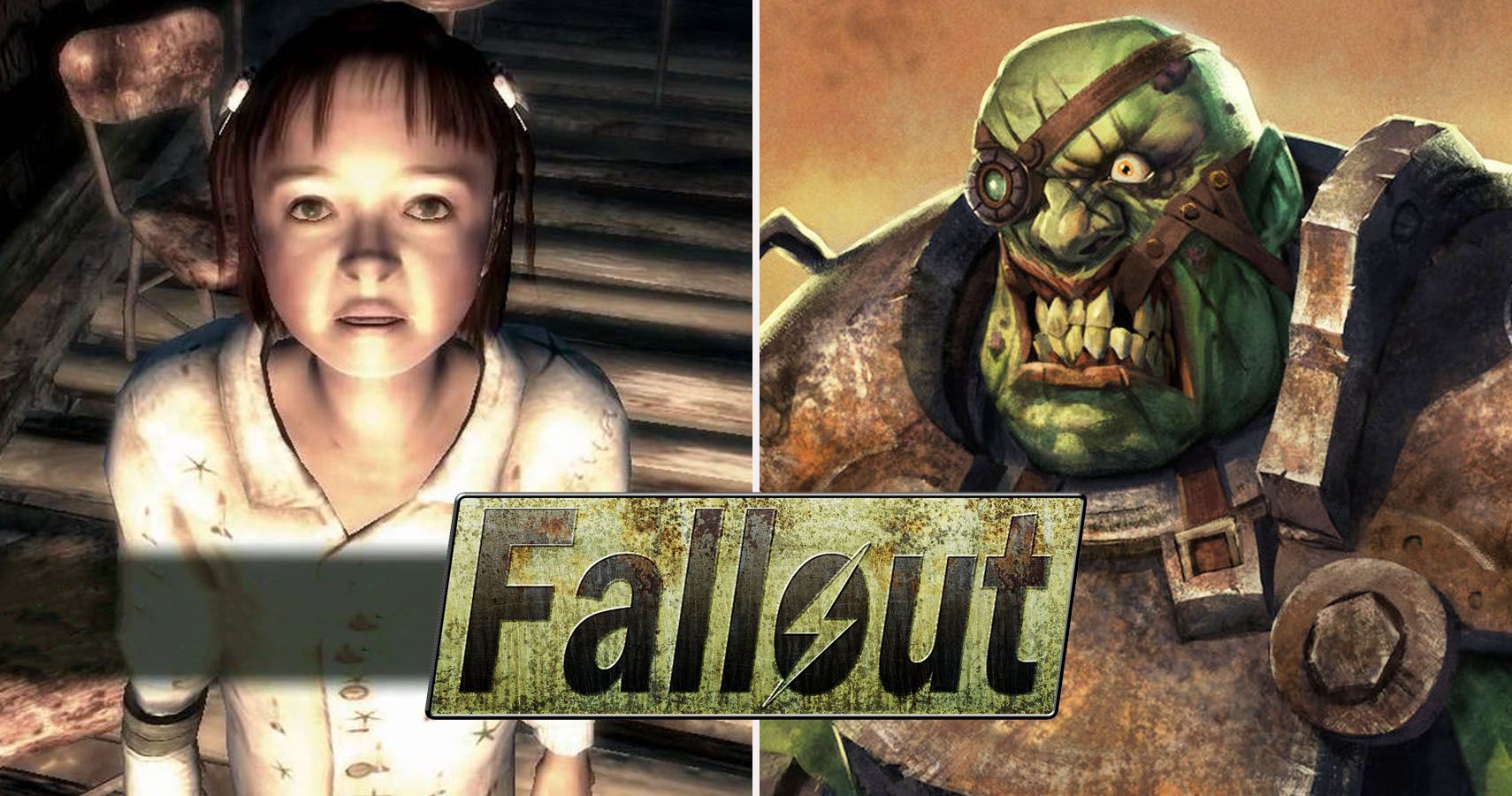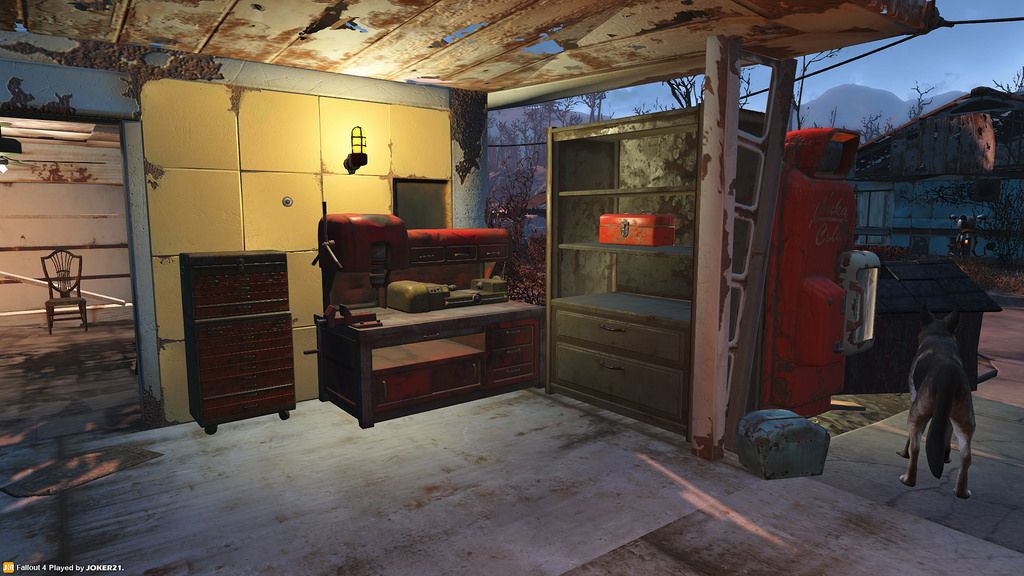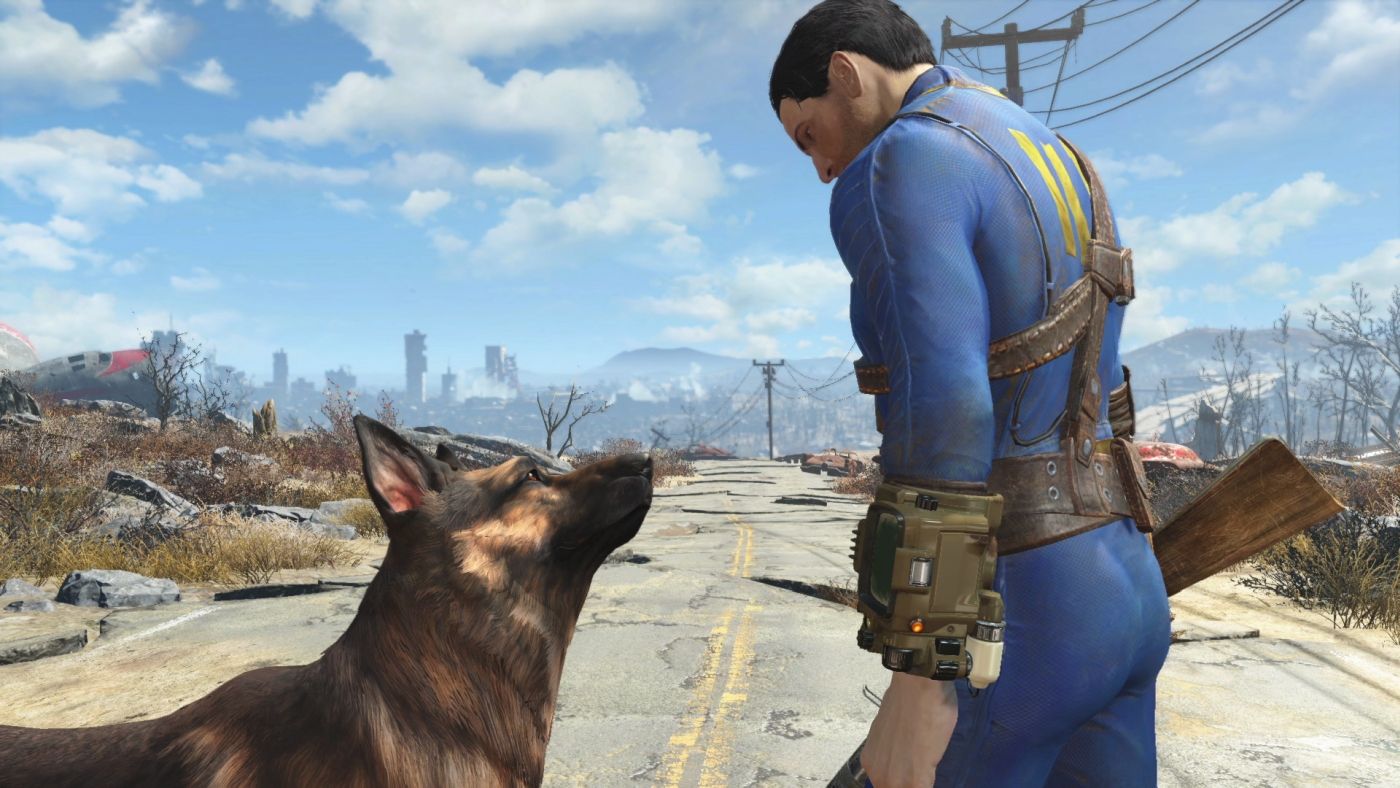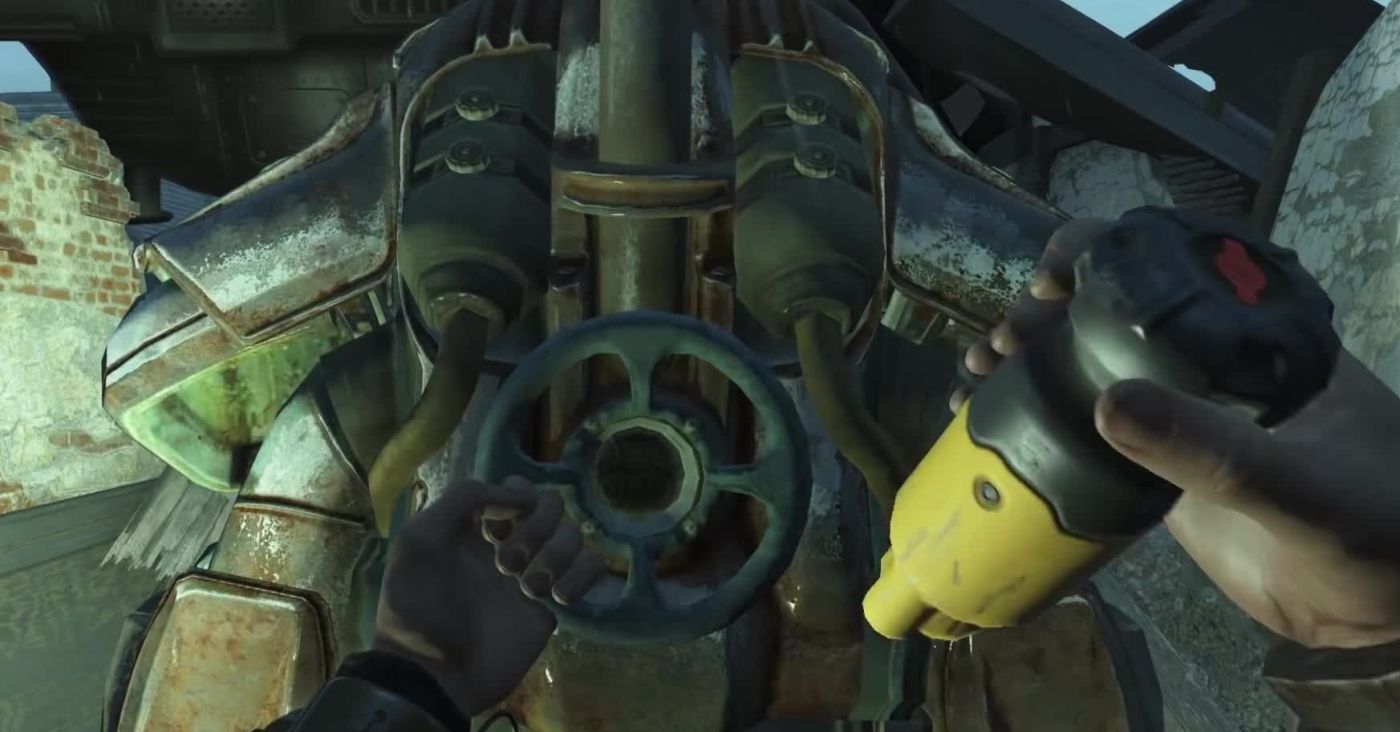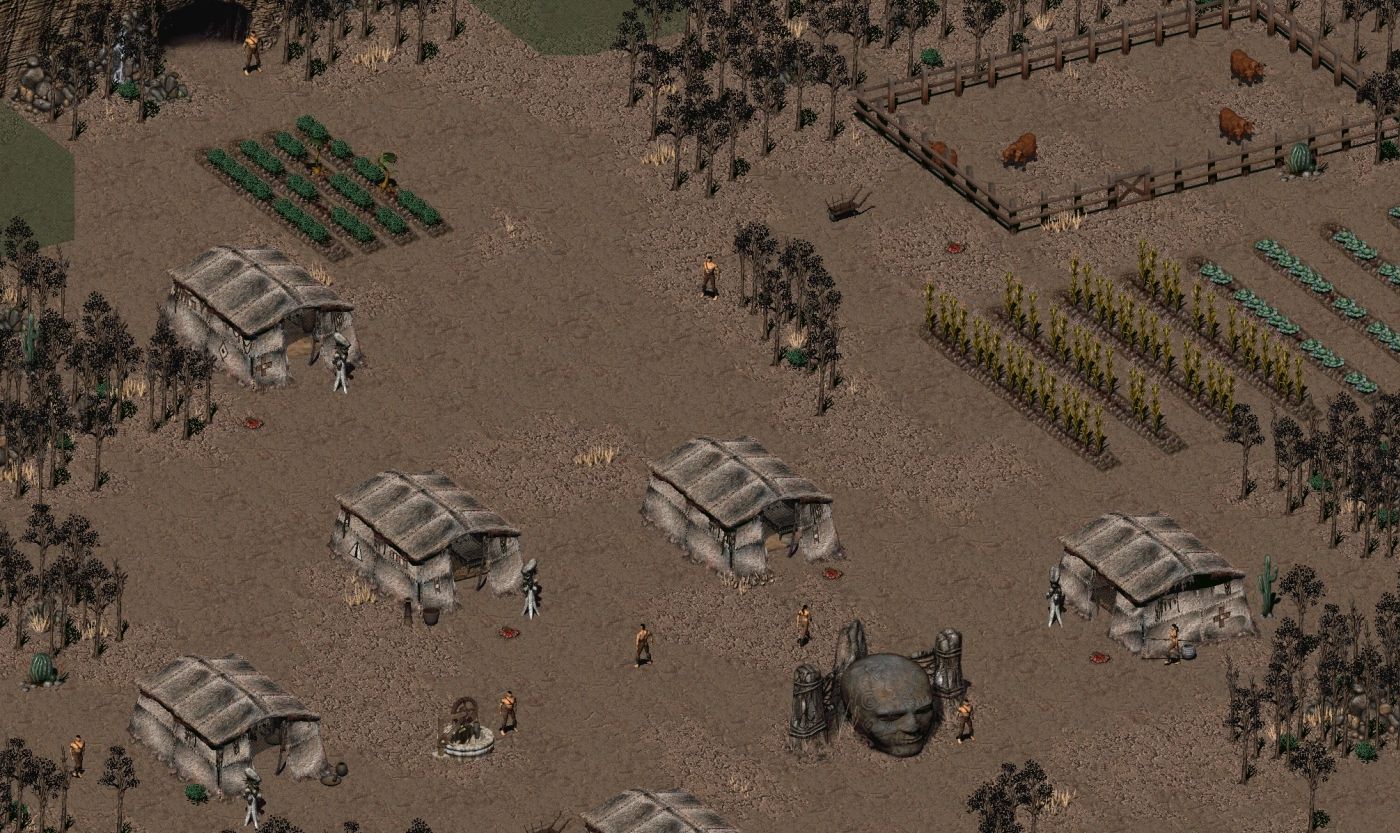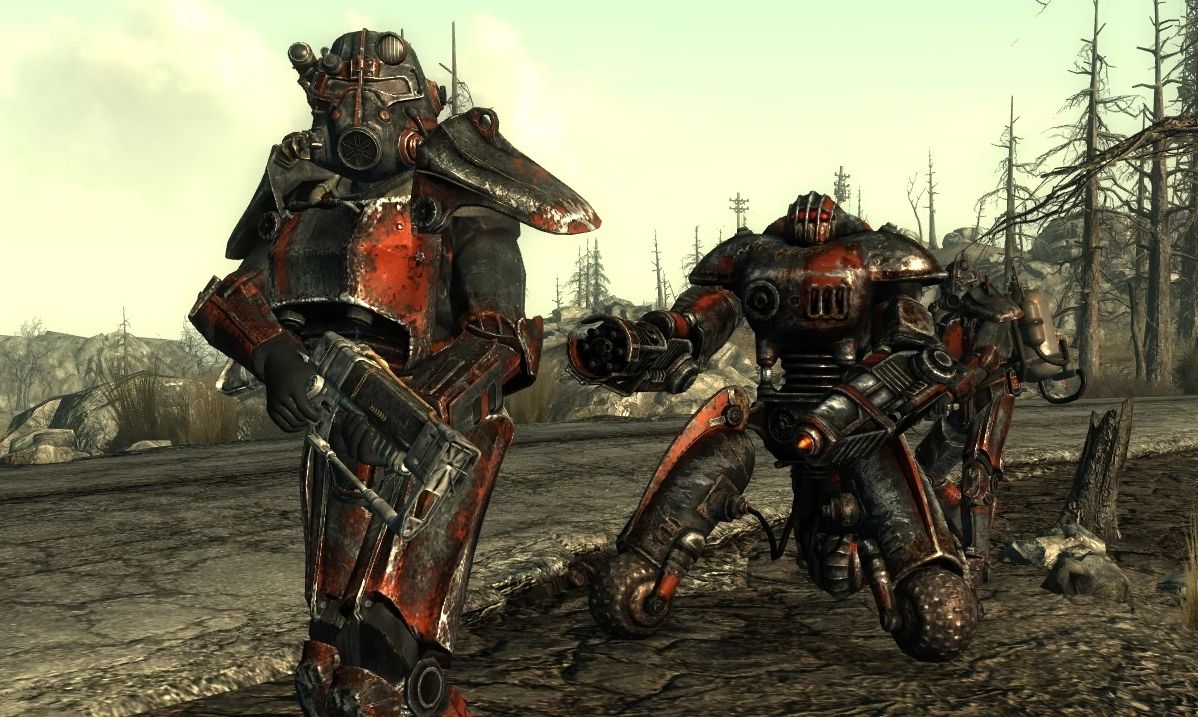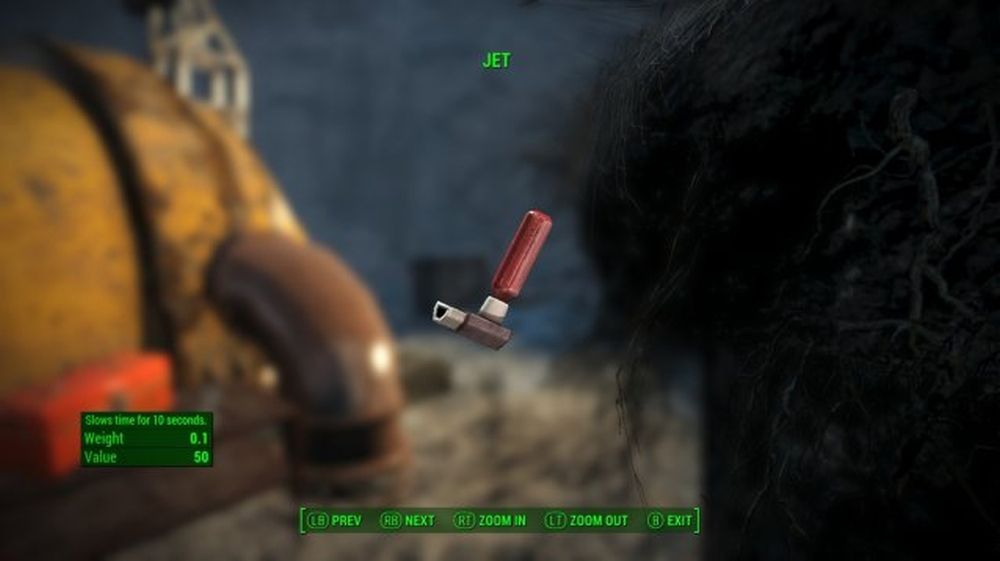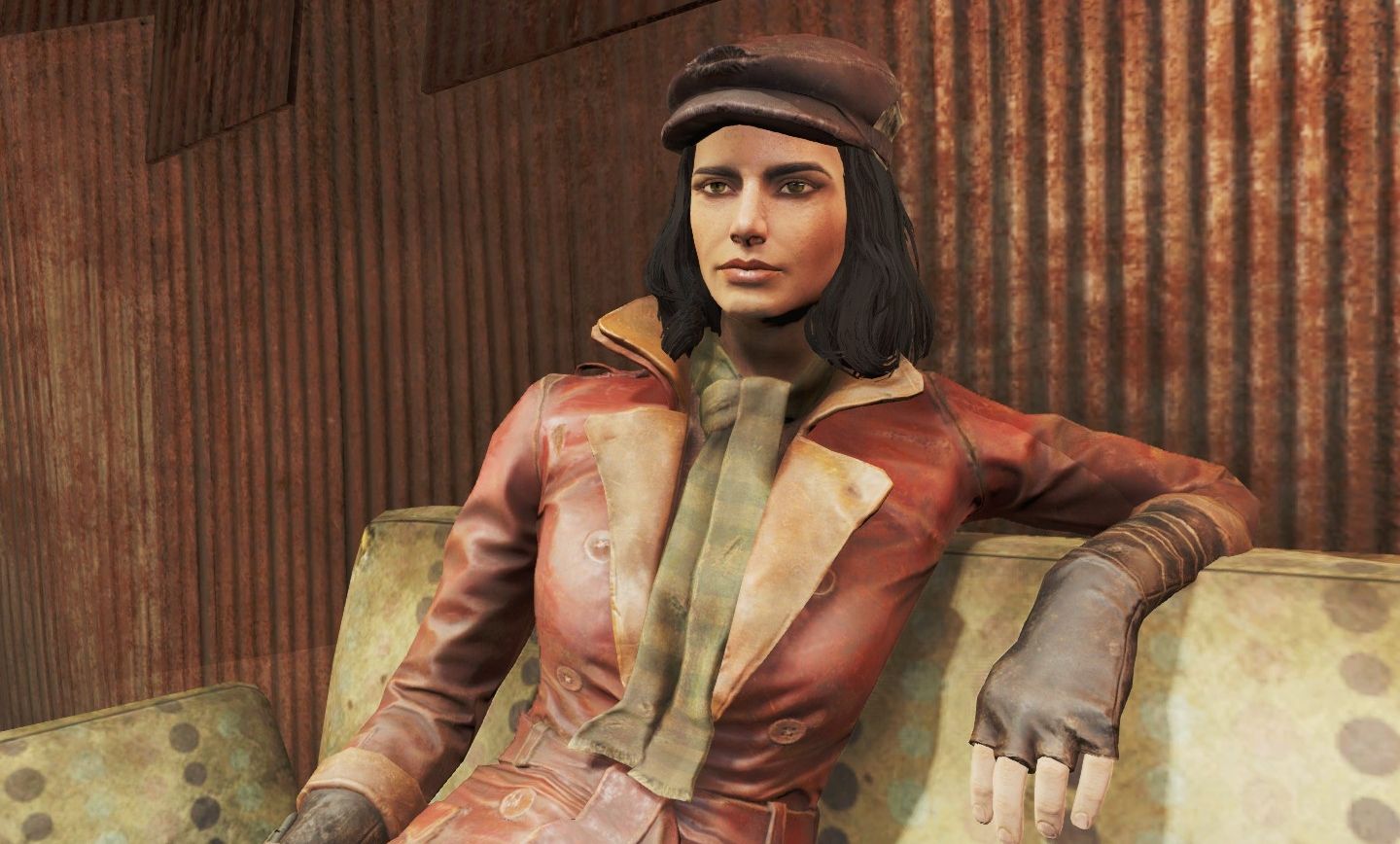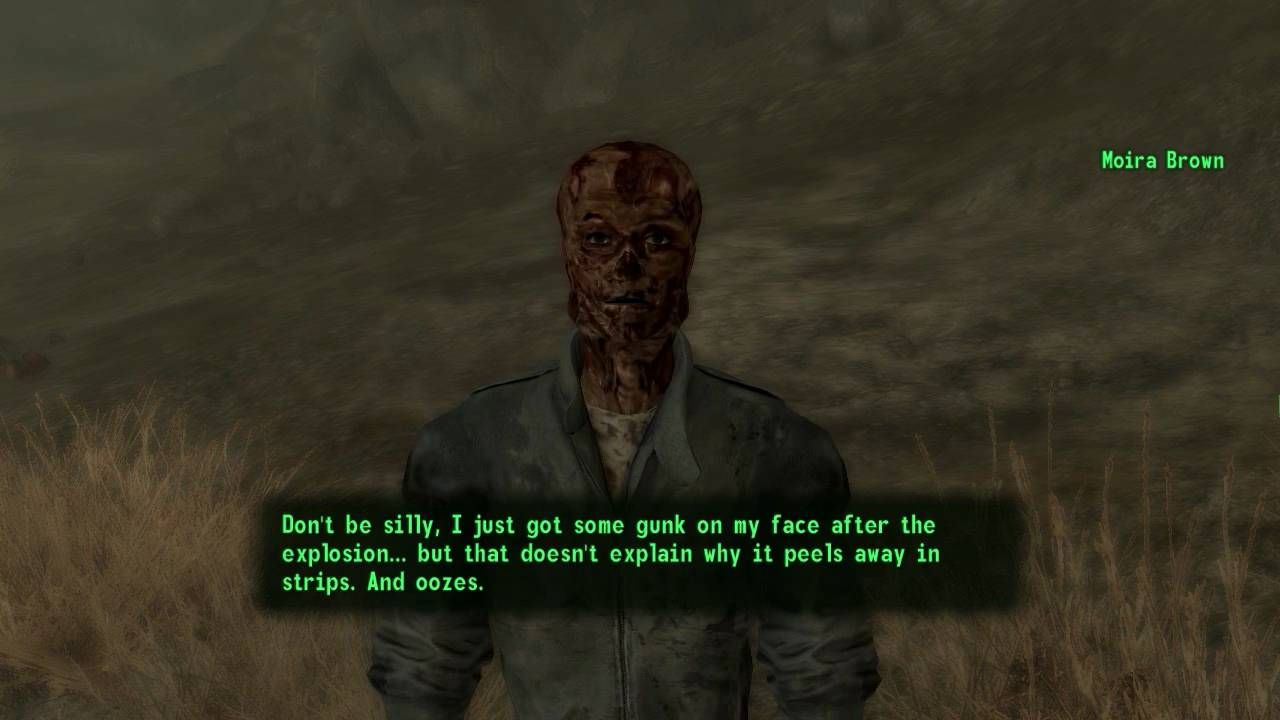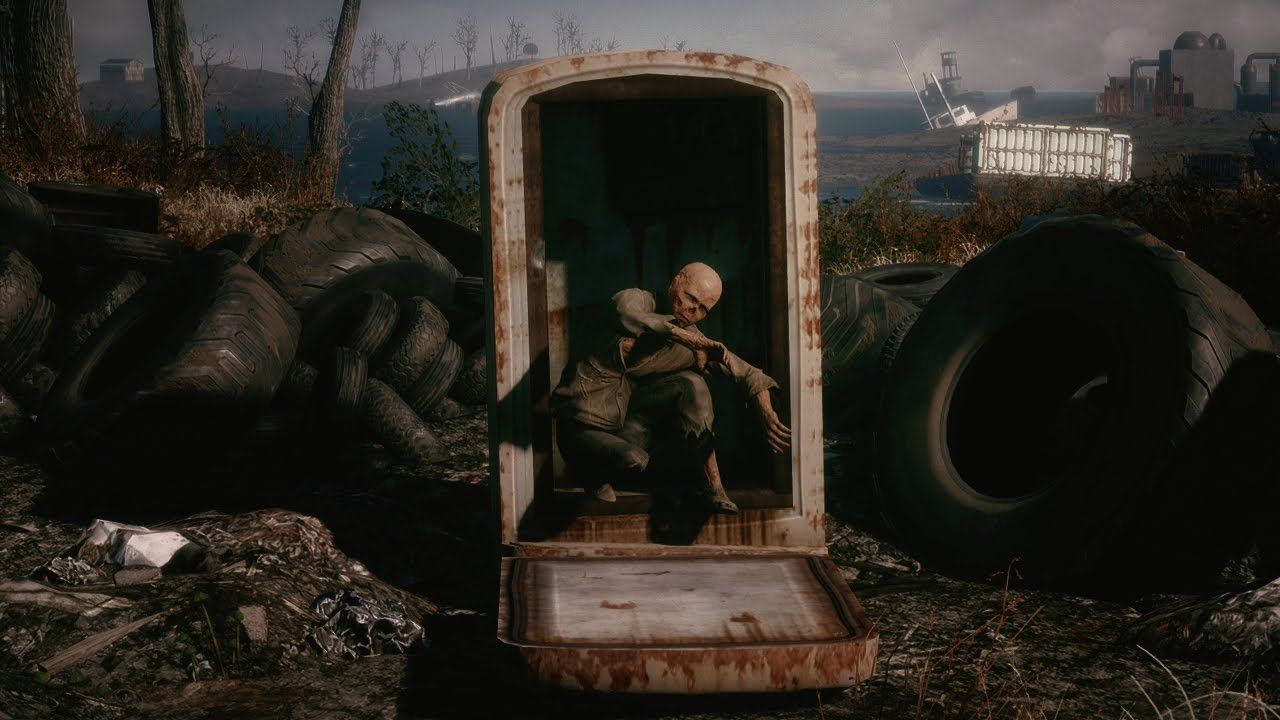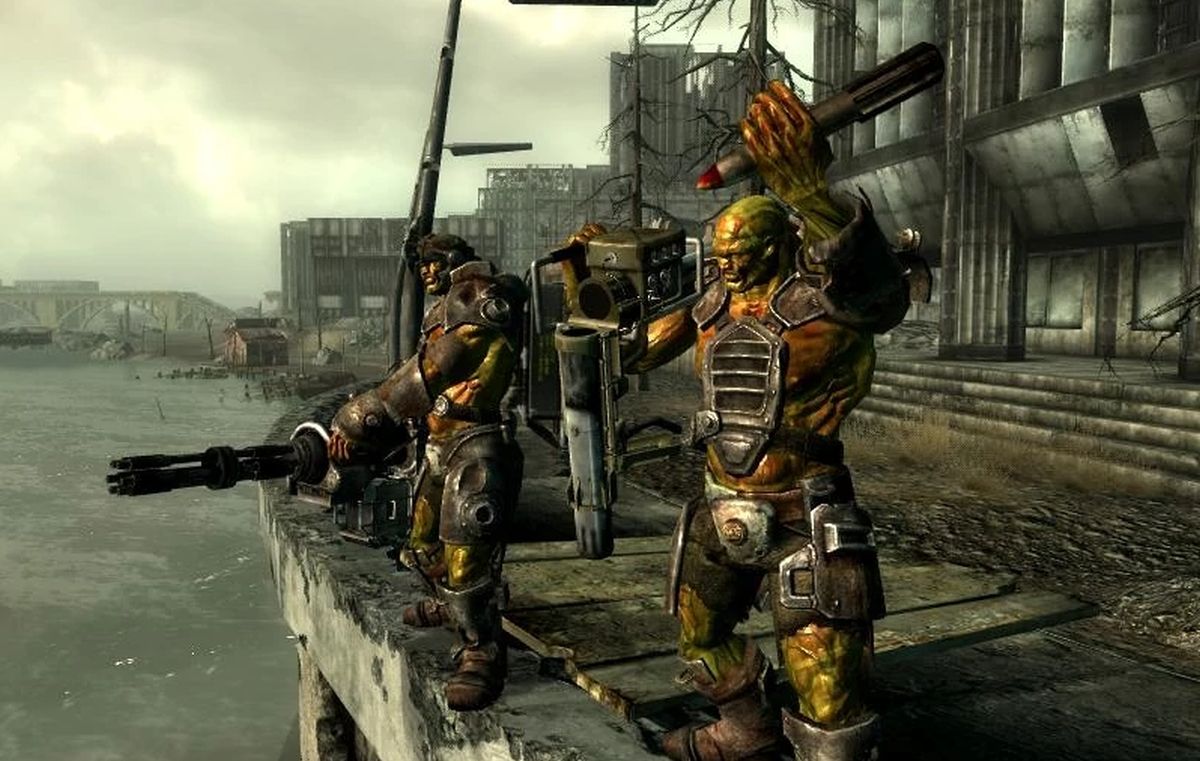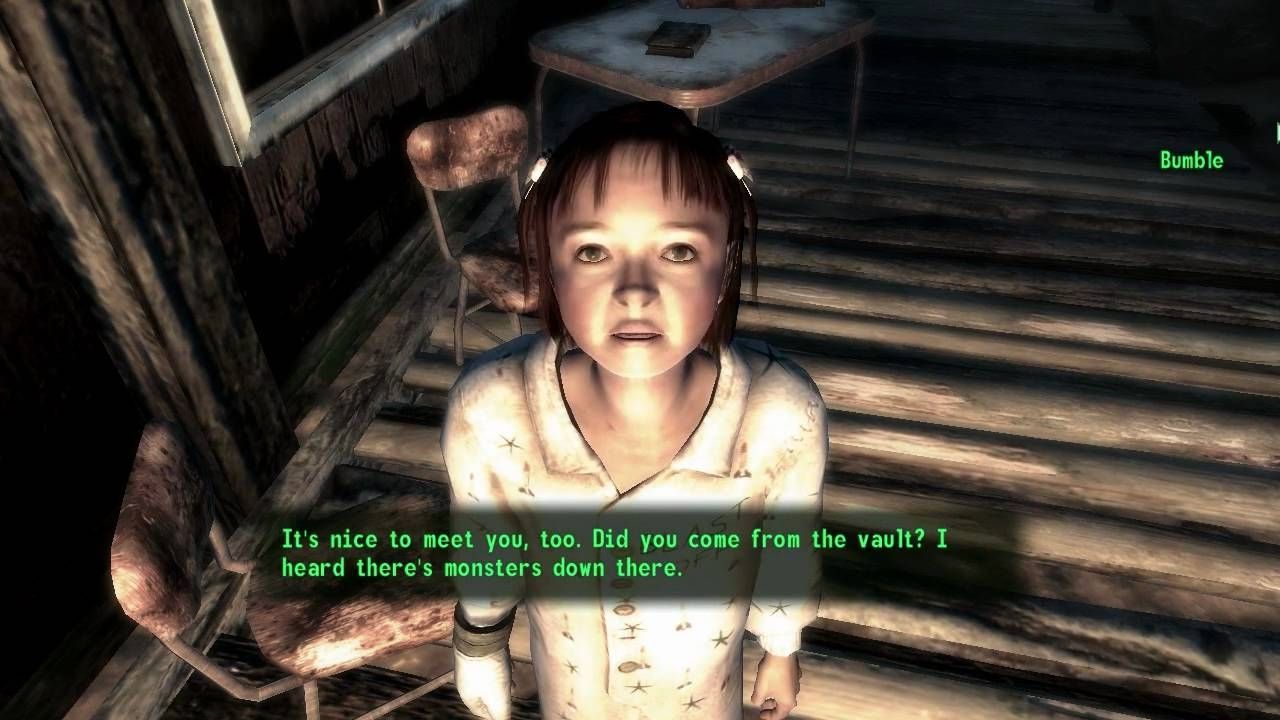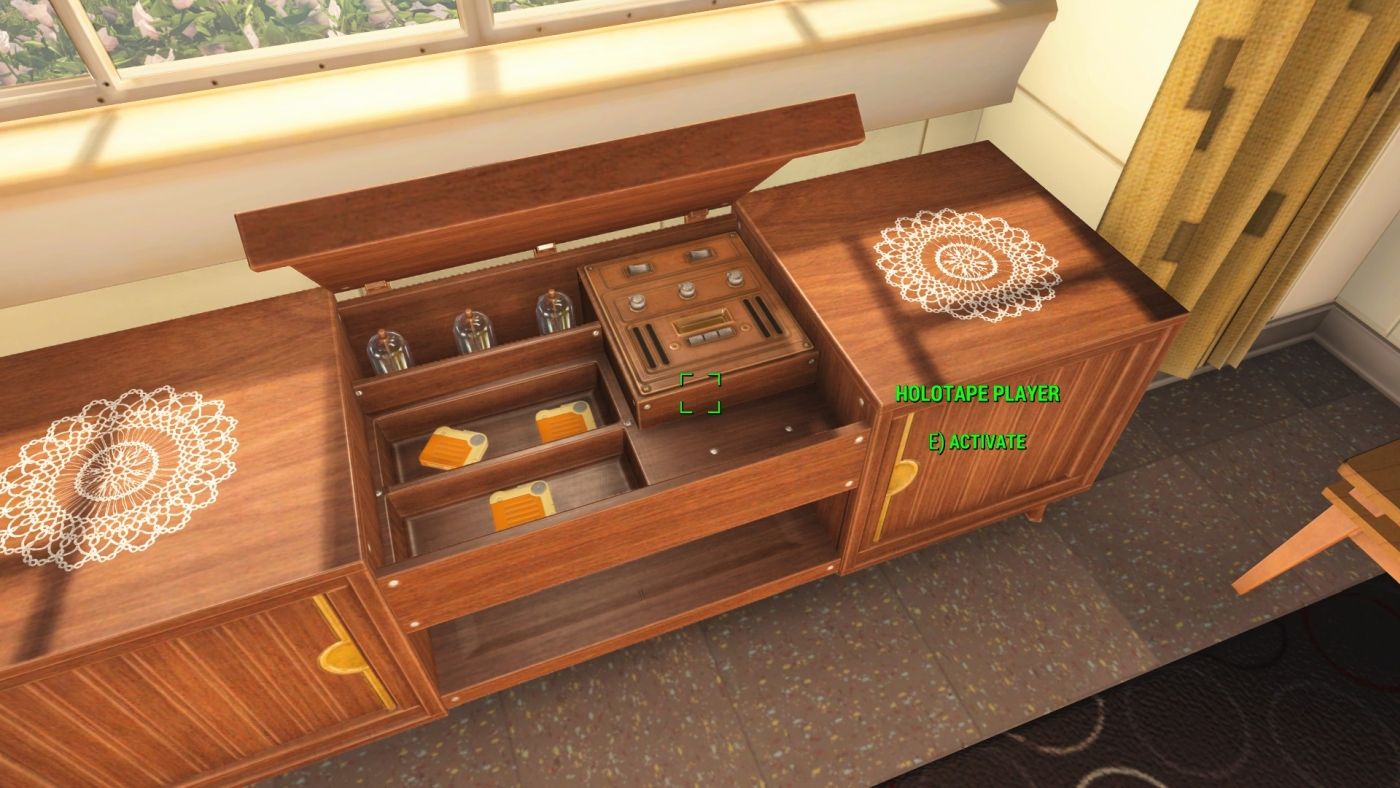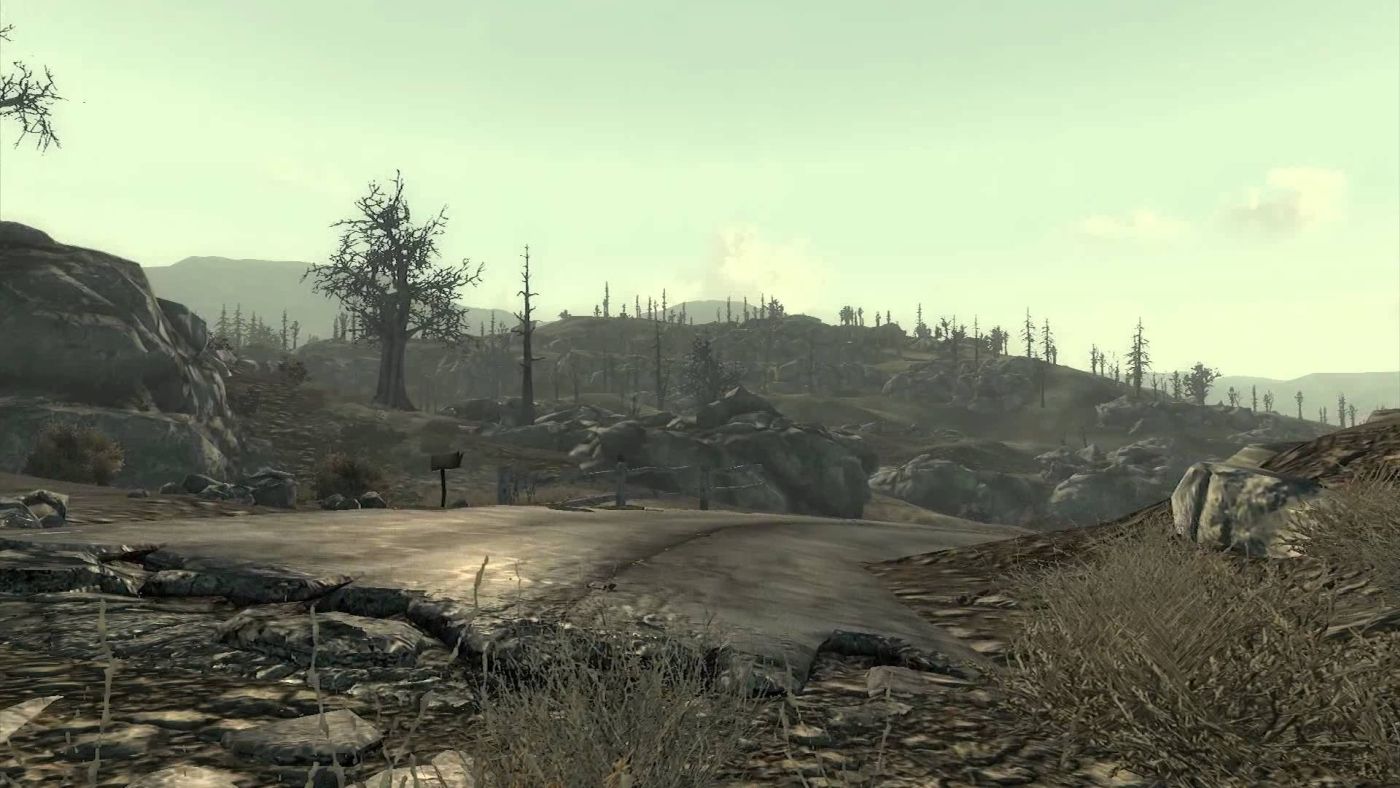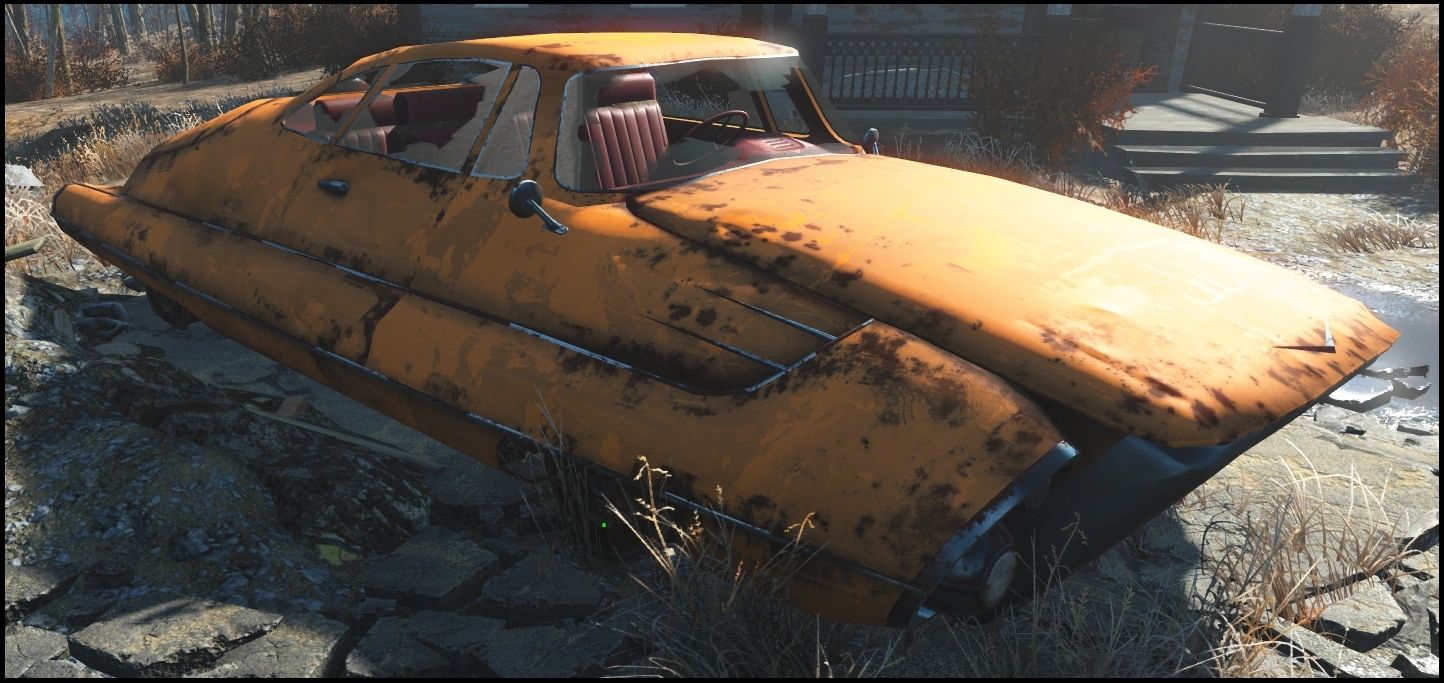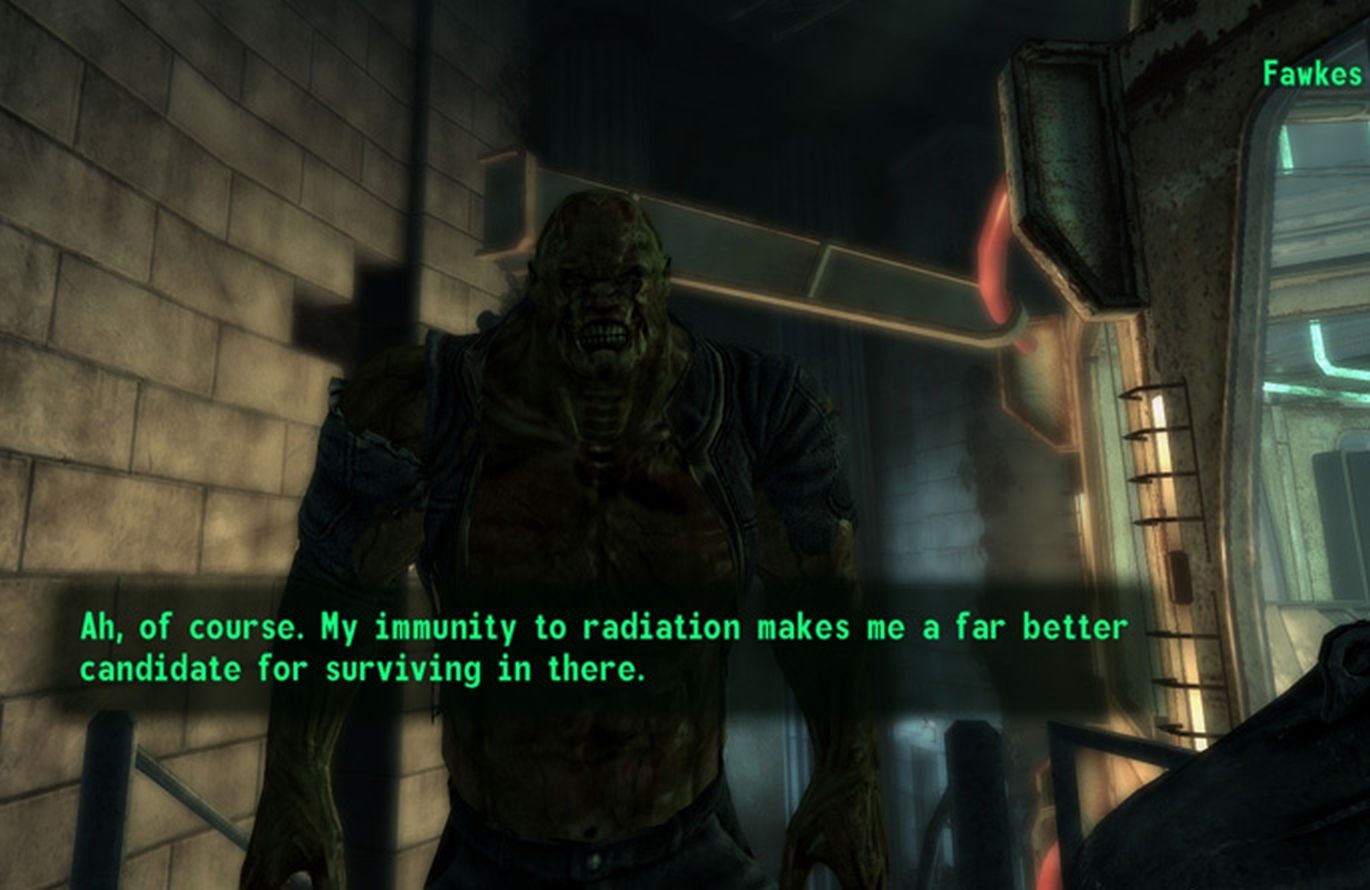Since the original Fallout was first released in 1997 by developer Black Isle Studios, fans have come to love the open world post-apocalypse world. The Fallout series has always explored an alternate version of Earth, where life has stopped in the mid-22nd century. The country was mostly destroyed due to a nuclear war. A majority of people died, and the structures they built were destroyed. The people of the Wastelands had to start over. By the end of Fallout 2, people were creating a better life for themselves.
Though the first few games and their spin-offs were loved by diehard fans, Black Isle Studios was soon unable to fund their work. They eventually sold the rights to the growing publisher and developer, Bethesda Softworks. The lore of Black Isle Studios' Fallout series significantly changed when Bethesda took over development and publishing. Instead of one step forward, Bethesda made the people of Fallout take two steps back. Faithful fans of the original series were angered by the changes made.
Even though Bethesda significantly changed the Fallout series in 3 and 4, the numbers of fans have exploded. Fans of the Fallout 1 and 2 argue the changes made in 3 and 4. Many are inconsistent and make little sense. Fans of the newer series may not be able to tell the difference, but as the inconsistencies grow, everyone is noticing. We've compiled a list of times Fallout made no sense. This list contains significant spoilers, so read at your own risk.
15 How Is This Still Functional?
Before the war in Fallout 4, the Sole Survivor lived in Sanctuary Hills with their partner and child. Until the Survivor emerges from Vault 111, the settlement is empty. No human has lived in Sanctuary in 200 years and the only sign of life is your robotic butler Codsworth. The houses are mostly empty, so most would assume that these houses are no habitable. Walk around Sanctuary, and you'll find workbenches and cooking stations that prove the opposite. Though the settlement was hit by a nuclear bomb, there are still crafting stations that somehow survived. Even the survivors of the Quincy Massacre know that Sanctuary is still inhabitable because of these crafting stations. They even know there are still houses that survived that are still intact. There is no explanation on how these valuable workstations survived the nuclear war, or if they're safe to use.
14 Selective Mutations Are Selective
While walking around the remains of the Wasteland in America, you'll notice irradiated animals. Rabid mole rats will explode from the earth, attacking you. Wild, mutated dogs will roam the forests in packs, hoping to enjoy you as their next meal. The wildlife on the coasts were also not safe from mutations. Step too close to the water, and you're likely to be attacked by an angry mutated crab called mirelurks. Cats and dogs still roam the Earth, as if they were not affected by the radiation. Your faithful canine companion Dogmeat still looks like a normal dog, though his appearance varies in each game. Cats still act the same even though 200 years have passed. Though centuries have passed, dogs and cats have remained the same.
13 As Much Power As A Regular Battery
Fusion cores were meant to be long-lasting power sources. In the first two Fallout games, one fusion core could power up a TX-28 micro fusion pack for well over a century. In Fallout 3 and 4, these cores have significantly lost power. Each core now only lasts ten hours or 30 minutes in real life. Bethesda may have wanted gamers to rely less on Power Armor and laser weapons, and spend more time being exposed to the Wasteland. Fusion Cores now contain less power, but their life can be extended with the Nuclear Physicist perk or from having a high Repair knowledge. There are also several Fusion Cores that can be collected around the Wasteland. Fusion Cores have gone from rare and powerful to common and plentiful.
12 Some Choose Not To Use Technology
As the Vault Dweller in Fallout 1, you will travel through various settlements. Though some may be docile and others hostile, they all share the same common trait: the people in these settlements have rebuilt and are trying to survive. The Arroyo tribe was different. Though they lived normal lives after the bombs attacked, they were unable to progress on their own. Eighty years passed, yet they were living in shacks as a tribal settlement. Until the arrival of the Vault Dweller at the end of Fallout 1, the Arroyo tribe made no significant breakthroughs. The hero taught them how to use technology to rebuild and make their tribal village into a flourishing city. This knowledge was not unique to the Vault Dweller. Even before the nuclear war, this technology was available.
11 Who Are The Real Brotherhood?
For many gamers, Fallout 3 was their first installment of the game. They had no idea how the Brotherhood of Steel worked. The faction has appeared in all of the Fallout games. They were originally distrusting towards outsiders and worked to hoard technology for themselves. In Fallout 3 and 4, the faction is almost too accepting of strangers. In Fallout 4, kill a few ghouls, and Paladin Danse is ready to recruit you into the Brotherhood. Fallout 3's Brotherhood of Steel wants to help the people of the Wasteland. They want to work with the Lone Wanderer purify the water. They have cast out those who don't want to help others. But, this was the original intentions of the Brotherhood of Steel. Elder Lyon's group were the real Outcasts of the Brotherhood.
10 A Post-War Drug Is Now Pre-War
Jet is the addictive drug that plagued the West Coast. It was developed from the radiated cows, now Brahmin. Jet was perfected by Myron, a child, and genius from the settlement of Redding in Fallout 2. Originally, it was created to help create income for his family. They would use the drug to barter for goods and caps, Fallout's currency. In Fallout 4, Jet has made it onto the East Coast with no clear explanation. The game never states who brought the recipe for Jet to the Boston area. When the Sole Survivor enters areas that have been sealed off before the war, you'll find containers containing Jet. Terminals also speak of Jet as if it was a pre-war drug. Bethesda has yet to clarify if they changed the origins of Jet or if it was an inaccuracy in lore.
9 She's Probably The Worst Sister Ever
Piper Wright is one of the first companions you'll meet in Fallout 4. You'll find her arguing with a guard outside of Diamond City. She begs to be let in because that's where her home and her sister, Nat, are. She is a tough reporter for the Publick Occurrences, which she and Nat publish together. It's obvious to see how much she cares about her little sister. But, quickly after meeting the Sole Survivor, she is ready to abandon both Nat and her newspaper. She claims that the time away from Nat will be good for her sister. There's no guarantee that Piper will make it back to Diamond City alive. Piper's departure also means that Nat has to handle the newspaper entirely on her own, and still attend school. Piper's change of heart after meeting the Sole Survivor is never explained.
8 Moira Brown’s Immediate Ghoulification
Moira Brown is the upbeat inventor you meet in Fallout 3. Within her settlement of Megaton, you'll see a giant, undetonated bomb. The residents have learned to live with it, and some even worship it. She wants to write a novel entitled the Wasteland Survival Guide to help others. While she's busy writing content for her book, you can make things worse for her and detonate the bomb. Moira does not die in the blast. She was in the Underworld, home to non-hostile Ghouls. You'll discover that she has turned into a Ghoul. The process usually takes several years, but she turns into one of the creatures instantly. She also had no idea she's a Ghoul until you tell her the bad news. Moira doesn't notice her decaying skin or feel the effects of the radiation.
7 Was There Secretly Food In The Fridge?
While traveling near University Point in Fallout 4, you'll hear the cries of a young child in “Kid in a Fridge”. The child is stuck inside of a refrigerator. Shooting off the handle will free Billy Peabody. He is a young Ghoulified child who has existed since the pre-war days. You can help him find his parents or sell him to a traveling Gunner. Gunner will remark that Ghouls are great workers because they require very little food, water, and rest. Ghouls do need food and water to survive since they are only radiated, humans. A nearby settlement, The Slog, has Ghouls harvesting food and purifying the water to make it drinkable. Fallout: New Vegas and Fallout 1 have quests that specifically state that Ghouls require water and food to survive. How Billy the ghoul survived for so long is not explained.
6 Some Mutants Lost All Intelligence
Super Mutants are an important piece of the plot in Fallout 1. Created by the Master on the West Coast, they have superhuman strength and tougher skin. Though there are primitive monsters among their ranks, most Super Mutants are intelligent. They are more civilized and retain most of their pre-Mutant ways. Their East Coast counterparts are the opposite. The majority of Super Mutants are unintelligent, though there are a few exceptions who have escaped their ranks. Though both the West and East coast Super Mutants were humans who were experimented on, it is not fully explained in-game what went wrong. The West Coast's Mutants have built their own tribes with competent leaders. The East Coast's Mutants are also in groups, but have no intelligent leaders, and live only to kill others.
5 You Think Someone Would Have Killed Them By Now
Fallout 3's Little Lamplight is home to a group of children under the age of 16. The small settlement leaves gamers with more questions than answers. There are always more children replenishing the settlement, even though there are no adults nearby. Inside of Little Lamplight, there is a pathway called Murder Pass that leads to Vault 87. This vault is the birthplace of Super Mutants and Centaurs. It is unexplained how the children have survived with the threat of mutated creatures at their back door. Many of the children are kidnapped by Raiders in Paradise Falls. Not all of the kids go missing, which is how the Lone Wanderer discovers their location. How the children have survived in Little Lamplight remains a mystery.
4 Such A Waste Of A Good Holotape
Holotapes hold helpful information that aid in quests, or may even contain useless, but, fun games, like in Fallout 4. The holotapes can hold a large amount of information. The Media Archives holotape in Fallout 3 can hold a complete archive of Arlington Library. Holotapes are rare in Fallout 1 and 2 and finding one is vital for completing a quest. It's the opposite in Bethesda's Fallout sequels, where holotapes are plentiful. Playing one in a terminal can be exciting at first until you find out it only contains a few sentences. Eddie Winter's ten holotapes in Fallout 4 contain a few spoken sentences, but you must collect them all to complete the quest. Why the residents in the Wastelands would waste such precious media is unknown, especially since there is no known holotape manufacturer.
3 It's Like They Stopped Trying
Fallout 1 takes place 84 years after the Great War. Though the land was struck hard, the survivors learned to work together and rebuild. Water is purified by water chips, making it safe to drink. In Fallout 2, the survivors have harnessed the power of the Garden of Eden Creation Kit (G.E.C.K) to help dying communities thrive again. Fallout 3 takes place 200 years after the Great War, but the Wasteland is still mostly uninhabitable. Most of the residents act like the war just happened yesterday. There is little progress compared to Fallout 1 and 2. The residents have still not progressed in purifying their water source, even though this technology was made possible over a hundred years ago. The East Coast has its fair share of intelligent residents. It's unclear why their progress has been slow while the West Coast quickly flourished.
2 So... People Really Just Walk Everywhere?
Cars existed everywhere within the United States in pre-war days. In Fallout 1 and 2, you can drive the Highwayman, a vehicle created by the fictional Chryslus Motors. Though they weren't the most attractive vehicles, they took you to your destination. While walking around the Wasteland, you'll see the remnants of old cars. They're husks of their old selves and cannot be repaired, nor driven. Their only purpose is to rust on the side of the road. Though Vertibirds and UFOs soar through the air, you cannot control them. The only options for travel in Fallout 3 and 4 are walking and fast travel. Though New Vegas was a fan-favorite game taking place between Fallout 3 and 4, it also did not incorporate vehicles. Why the East Coast was never able to get working on-road vehicles was not explained in-game.
1 Sacrificing Yourself While Two Radiated Mutants Watch
After finally reuniting with your father in Fallout 3, you must also watch him die. He sacrifices himself for the greater good of mankind. To complete the game, you can send Elder Lyons’ daughter Sarah to activate the Purifier or do it yourself. Though Sarah is more than willing to do it, neither of you should. You have the option to bring Fawkes, a Super Mutant, and Charon, a ghoul, with you on the final mission. Neither will get inside of the irradiated control booth to start the purifier. In the Broken Steel DLC, you can continue your game. Sarah may be dead from radiation poisoning, but if she survived, you both wake up from your comas to take out the remains of the Enclave. Why Fawkes nor Charon will press the purifier button is unexplained, especially when they can go into any radiated area with no ill effects.

